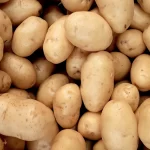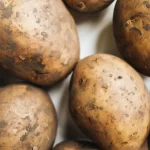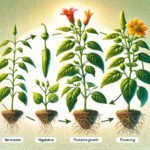Mexico is the first exporter of green chili worldwide. It is a product with a worldwide presence, this is a crop originating in Mexico and constitutes one of the important products in Mexican agriculture. Generally, its fruit is marketed fresh for direct consumption or as raw material for industrial processing (SIAP, 2018).
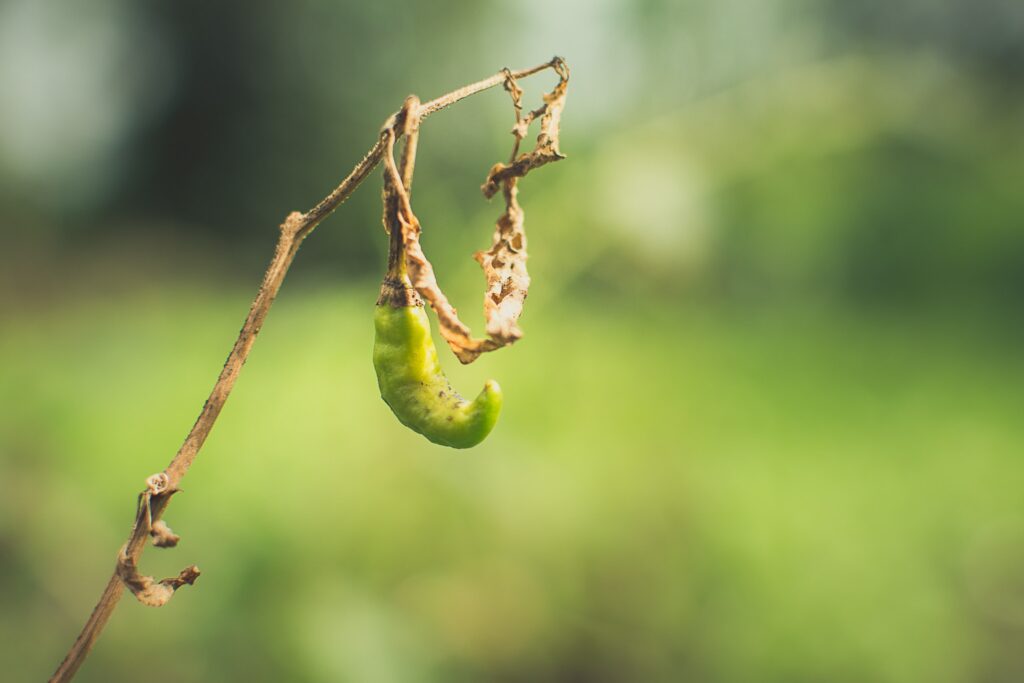
The postharvest handling of chili peppers is important because it reduces product losses due to contamination problems such as rot or different diseases and the most common organisms are Rhizopus, Botrytis, Alternaria, rotting molds and bacteria (Cantwell, 2009).
Diseases of Chile
Rhizopus stolonifer
A versatile phytopathogenic fungus that can grow and develop in a wide range of temperatures and relative humidity in peppers. They colonize the surface of the products causing the disease known as soft rot that causes significant economic losses (Cantwell, 2009).
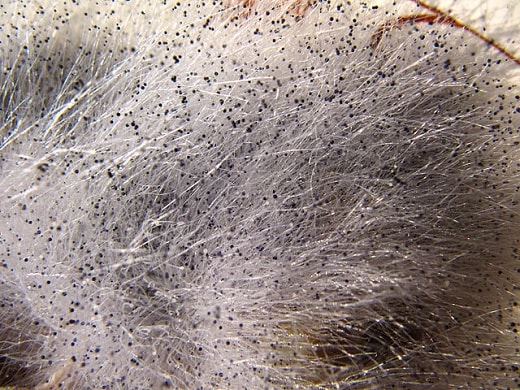
Botrytis or Gray Mold
A fungus that causes the most common rot in peppers, occurs due to improper handling (handling) or lack of hygiene in the field. It grows at recommended storage temperatures. Botrytis can be controlled by post-harvest treatments (washing and disinfection) (Cantwell, 2009).
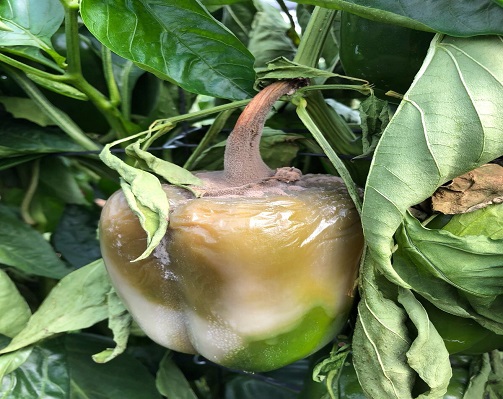
Bacterial soft rot
They are various bacteria that attack damaged tissues and cause soft rot. It is very common to find this rot in peppers that have been washed or cooled with water or when the disinfection of the water has not been adequate (Cantwell, 2009).

Solutions to avoid chili diseases in the postharvest
Various treatments are available that improve the natural appearance and help to delay aging, prolonging the commercial life of chili peppers. They stand out among them:
Purex Cleaner: Soap for washing fruits and vegetables that removes organic matter or field residues, dust, pesticide residues, honey layer produced by insects and mites.
Purex Biosanitizer: Formulated with hydrogen peroxide and peracetic acid, it is a disinfectant for treating fruit and vegetables that, in addition to disinfecting, heals wounds by preventing the proliferation of microorganisms.
Mida Airfum: Smoke-generating disinfectant based on glycolic acid and oregano for the disinfection of closed areas in the agri-food industry, with bactericidal and fungicidal properties.
 AgronoBlog – Agriculture Blog
AgronoBlog – Agriculture Blog 